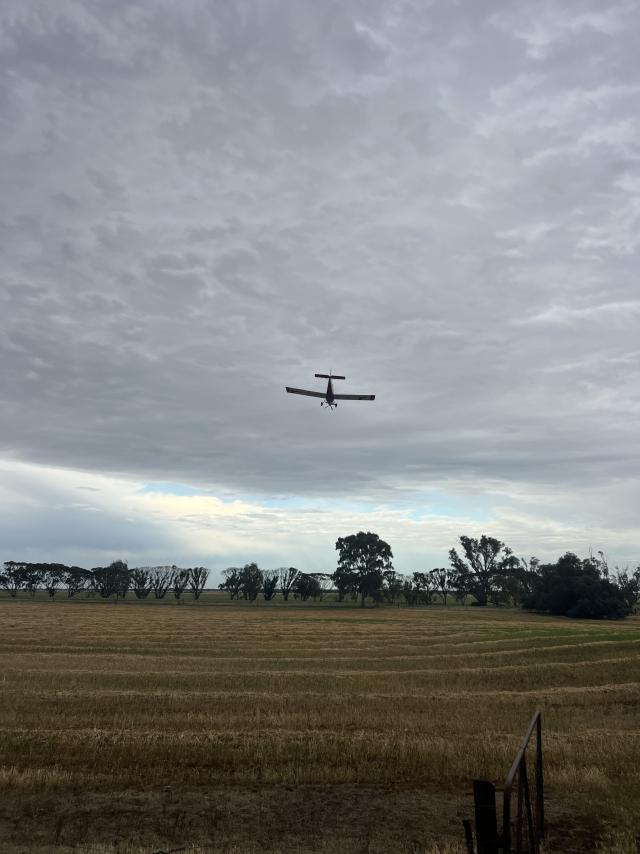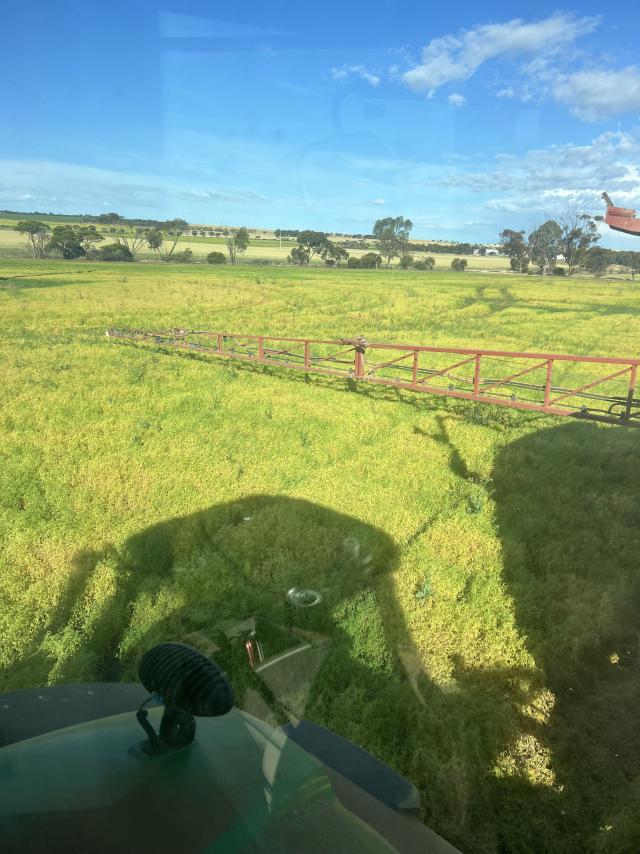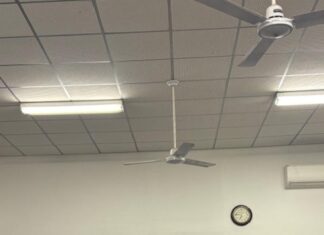About 4000 hectares of prime farming land is set to disappear under housing if the Greater Adelaide Regional Plan goes ahead. In a draft regional plan, the 30-year “vision” will include an additional 33,000 houses at Roseworthy.
The area committed includes west of Roseworthy from Mudla Wirra and Redbanks roads across to Horrocks highway and north past College Road.
Land to the east from Horrocks Highway to the Sturt Highway and north towards Freeling has also been committed.
At present most of this land sits within an Environment and Food Production Area – and is some of the most agriculturally productive in the State.
I understand there is a demand and need for housing, but when governments cease looking at the long view – i.e. food production – we need to be very concerned!
On average this country would conservatively produce at least 16,000 to 20,000 tonnes of grain annually. The current explosion of housing on prime farming land is a trend that must be brought to a halt.
Governments need to look elsewhere to less productive areas of South Australia. A good example would be west of Port Wakefield Road heading north from the current development of “Riverlea” at Buckland Park.
A closer look at the proposal seems to have completely ignored this in favour of increased area east of the highway at Two Wells and the prime farming country of Roseworthy, Wasleys and toward Freeling.
Planning minister Nick Champion may believe continued expansion at Roseworthy is logical, but that does not put food on his or his children’s table.
Governments need to look at the long game when it comes to agriculture. This is not being considered. Thirty years is but the blink of an eye when it comes to agriculture.
No matter all our cleverness and accomplishments, we owe our survival and existence to reliable rainfall and 20cm or so of topsoil.
Covering that land with houses and concrete, whilst pushing farming land further and further north, does not feed a community, a nation or the world!
Unfortunately, rain does not follow the plough.
Consultation on the Greater Adelaide Regional Plan closes on November 4. You can give feedback via the Have Your Say portal: yoursay.sa.gov.au/greater-adelaide-regional-plan
Look up!
Last week, you may have noticed a few crop dusters (planes spraying crops). Generally, they have been spraying canola crops that are infected with significant levels of Heliothis grubs.
Farmers use a butterfly net to measure whether they have a grub problem. If they catch five grubs in ten sweeps of their net, they need to act promptly.
Trojan is the insecticide of choice as it has a much shorter withholding period this late in the season. Even though crops are close to windrowing, the grubs can continue to do damage after the crop is dropped.
With canola pricing around $750/tonne, the maths adds up and you need to monitor your crops. Lentil crops are also susceptible. Farmers are closely monitoring them and acting accordingly.
Hay on the move
Surprisingly, early cut hay that is going into a bale now is still resulting in green paddock due to regrowth.
Recent heavy rain across the district will mean farmers will need to spray top to prevent the setting of ryegrass seed to avoid more moisture being drawn from the soil profile.
Seed for 2025
With many areas of the state really struggling, farmers may need to contact some of the more fortunate areas to secure their seed. Imi tolerant* cereals and oats will be the hardest to source, and after such a dry season these varieties are going to be in high demand.
Imi chemicals need a certain amount of rainfall after application to ensure there is no effect on the following crop. Despite the wetter season interstate, farmers will be looking to lock in their canola seed requirements.
Late spring deluge
For many areas last Thursday nights rain event was the biggest for the season. Was it of any benefit?
Farmers would dearly love to have had this rain at least four weeks ago, but that does not mean it did not benefit a number of crops.
Lentils and canola would have appreciated it in many areas, as did a number of cereal crops. Sadly, for many it was too much too
late, hay quality may have been affected too with thousands of acres ready to bale when the rain arrived!
Rainfall in detail millimetres from Thursday night, and some are weekly:
Trevor Day (Kapunda) – 27mm
Derek Tiller (Pinery) – 18mm
Ben Mudge (Inkerman) – 10mm
Paul Daniel (Bowmans) – 17mm
Andy Michael (Upper Wakefield) – 19mm
Wayne Molineux (Tarlee) – 20mm
Jabuk – 20mm
Halbury – 31mm
Steve Schiller (Tanunda) – 52mm
Justin Zweck (Blyth) – 54mm
Matt Vogt (Hamilton) – 37mm
Trevor Cliff (Kimba) – 11mm
Andrew Parker (Hoskin Corner) – 39mm
Andrew Plueckhahn (Manoora) – 44mm
Pat Redden (Clare) – 39mm
Jim Franks (Mallala) – 21mm
Wayne Davis (Jamestown) – 42mm
Mark Parish (Auburn) – 50mm
Darren Schilling (Bute) – 40mm
Andrew Parkinson (Riverton) – 28mm
Saddleworth – 40mm
David Miller (Saddleworth) – 47mm
Richard Fabry – 12mm
Balaklava High School – 51mm
Brian Parker (Owen) – 38mm
Callum March (Balaklava) – 35mm
Brodie Pearson Darke Peak 6mm
Richard Konzag (Mallala) – 10mm
Sophie Parker (Swan Reach) – 30mm
Glen Bubner (Alma) – 63mm
Salter Springs – 52mm
Munno Para North – 24mm
Angus Wiech (Eudunda) – 32mm
Corey Blacksell (Pinnaroo) – 34mm
Pinnaroo South – 26mm







